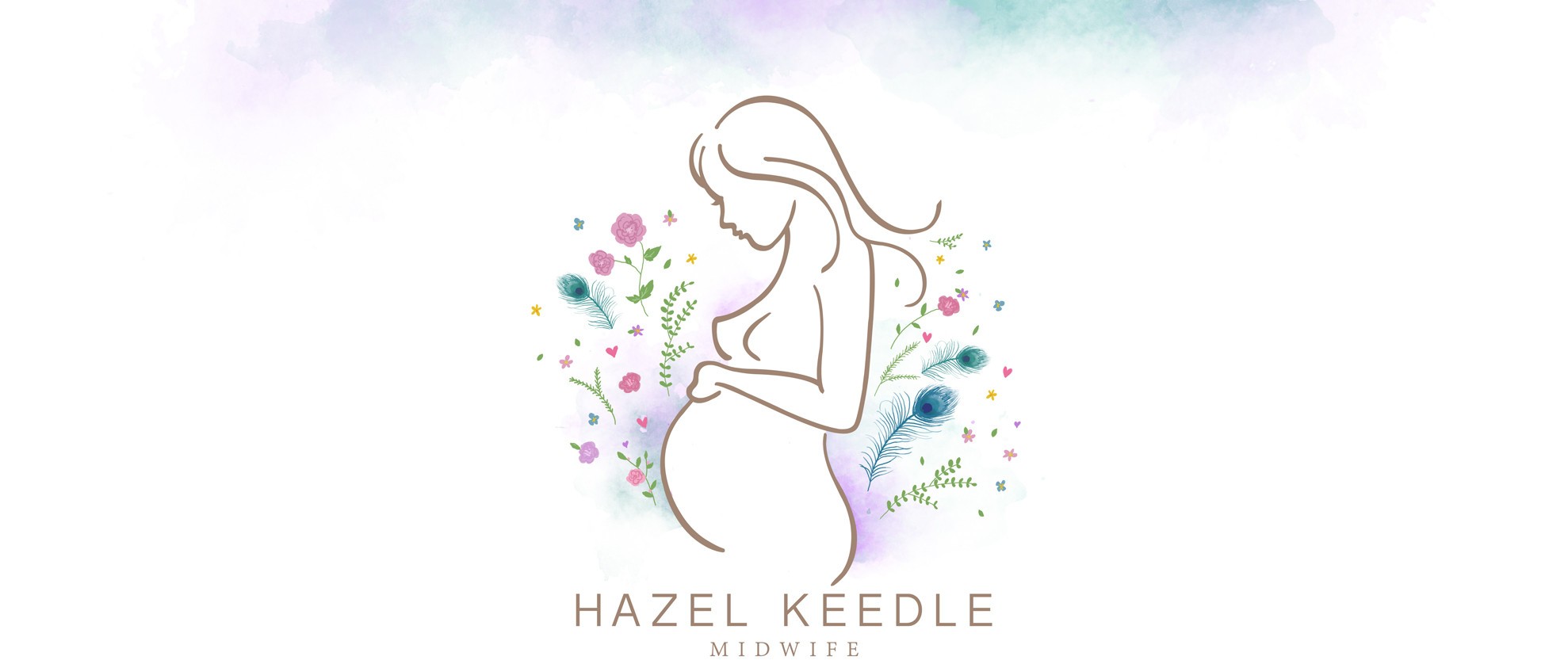24th October 2015
This week is homebirth awareness week so I thought I would share a piece I wrote earlier this year for our local paper, the Central West Daily. Let me give a bit of background. A beautiful client and her hubby did an interview with the CWD to announce their homebirth and we made the front page! The editorial that they published with that issue then stated that women chose to homebirth due to their wish to birth in a relaxing environment. I felt that this was not representative of the women that I serve so I wrote a letter to the editor and the following week it was published. Here is the piece:
http://www.centralwesterndaily.com.au/story/2835912/your-say-home-births-all-about-choice-according-to-midwife/
I WOULD like to respond to your editorial published on January 17 on the discussion around women’s decisions about place of birth.
As a researcher in this area I thought I would offer a response based on the recent research and published guidelines on this matter.
Firstly you state that women choose to birth at home out of a desire to give birth in a familiar, relaxing environment. That is the mere tip of the iceberg on why women make this choice.
It has been found that women who choose to birth at home are making this decision for a variety of reasons.
The most common reason is to actively avoid unnecessary medical interventions that are more likely to occur when birthing in hospital (NICE, 2014; Catling-Paull, Dahlen and Homer, 2011; Coxon, Sandall and Fulop, 2014).
These interventions include a higher rate of episiotomy, medications, forceps or vacuum births and caesareans, with the latest Australian statistics showing a caesarean rate of 32.4 per cent (Hilder, 2014) compared to recent large international birthplace studies that showed intervention-free vaginal births at home to be over 80 per cent (Dixon, 2014; Walton, 2012).
Women also choose to birth at home to have an increased sense of control over their labour and birth decisions.
Birthing at home allows women to choose their healthcare provider, which in Australia is most commonly a privately practising midwife that provides continuity of care in the women’s own home throughout the pregnancy, labour and birth and up to six weeks postnatally. There are numerous studies that show that continuity of care with a known midwife increases women’s feelings of control during labour and birth, decreases the rates of women needing medication for pain relief in labour and increases normal vaginal birth rates (Sandall, 2013).
The big question around home birth is safety and the availability of life-saving interventions. Again we can turn to research for a rational response to this dilemma.
Large place-of-birth studies show that adverse outcomes for mothers and babies are not statistically different across the locations – home birth, birth centre or obstetric-led hospitals (Dixon, 2014; Walton, 2012).
Home birth continues to be a political and divisive topic and in Australia an option that a small, but growing, amount of women make, with 0.4 per cent of women choosing this option in 2012 (Hilder, 2014).
International research is showing the many benefits and cost-effectiveness of this option compared to the norm of hospital birthing.
Choosing to birth at home is all about facilitating women’s choice. As a privately practising eligible home-birth midwife it is an experience that I feel honoured to be able to assist the woman and her family with.
Walking alongside a woman during her pregnancy, labour and birth and post-birth journey is a wonderful opportunity for myself as a midwife to educate, encourage, advocate and support the woman during this extremely important life event.
Hazel Keedle, privately practising midwife

